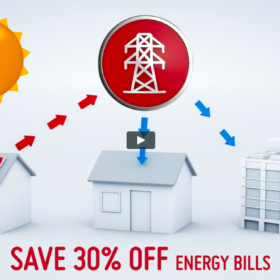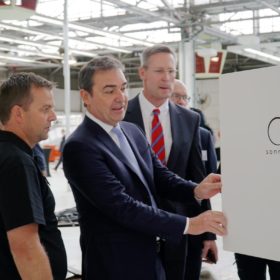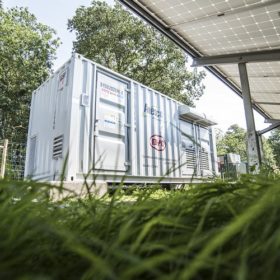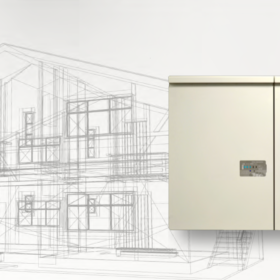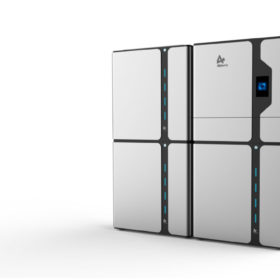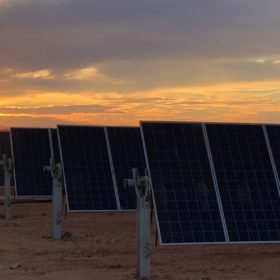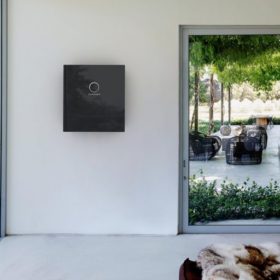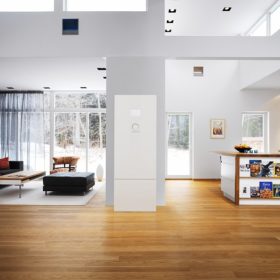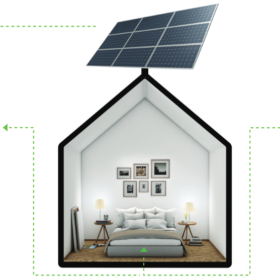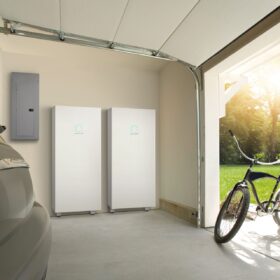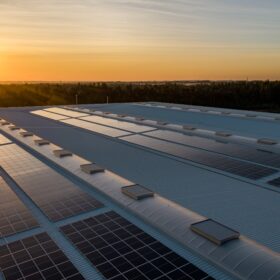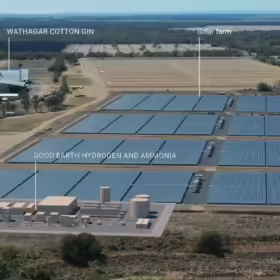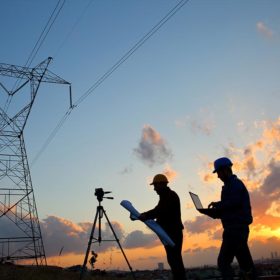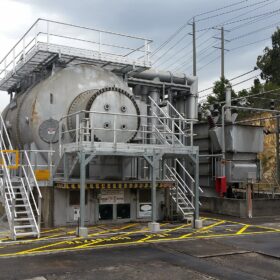Jacob’s Creek to add 2.8 MW PV, signs VGA for 100% renewables
Pernod Ricard Winemakers will source 100% of its electricity from renewables by mid-2019. The company, responsible for wine brands Jacob’s Creek and Brancott Estate, will install 2.8 MW of PV at its Barossa Valley winery, and source the remainder of its power from renewable energy, under a Virtual Generation Agreement with retailer Flow Power.
SA virtual power plant moves forward with new retailer on board
The second phase of the proposed 250 MW virtual power plant will see Tesla Powerwall batteries and solar panels installed on 1,000 South Australian households.
Sonnen begins battery production in South Australia
The German energy storage provider has begun assembling batteries at the former Holden site at Elizabeth in Adelaide’s north. The company has already hired 50 full-time employees.
South Australia sets up $50 million Grid Scale Storage Fund
The South Australian state government has launched a $50 million fund to support construction of new energy storage projects, seeking to address intermittency in the state electricity system and make electricity more affordable and reliable. There will be one round of applications, with a closing date of Thursday, 7 February 2019.
Eguana Technologies approved for SA Home Battery Scheme
The Canadian battery manufacturer has been approved as the third battery storage provider for the South Australian Home Battery Scheme. Eguana plans to set up a manufacturing facility in Adelaide, creating up to 200 new jobs over the next three years.
Alpha ESS joins SA Home Battery Scheme
The China-headquartered battery manufacturer has joined Germany’s sonnen as an exclusive approved battery storage provider for the South Australian Home Battery Scheme. Alpha-ESS plans to set up a manufacturing facility in Adelaide, where it will build more than 8000 batteries a year and create up to 120 jobs.
Bungala Solar Farm goes fully online as Australia’s biggest solar project to date
After being commissioned in stages, the Bungala Solar Farm near Port Augusta in South Australia is now fully operational. At 220 MW/275 MWdc, Bungala is Australia’s largest solar farm completed to date.
South Australia launches battery subsidy scheme
The South Australian government has inaugurated its landmark $100 million Home Battery Scheme, which will subsidize the cost of buying a home energy storage system for up to 40,000 South Australian households. A nine-week priority period has been given to locally made battery systems, with Germany’s sonnen as the first provider to enjoy this benefit.
sonnen Australia to start production next month, appoints new MD
Announcing the appointment a new managing director for Australia and Asia Pacific, the German storage provider has confirmed it expects to produce the first batteries from its production line at the former Holden site in Elizabeth, SA, next month.
RateSetter to deliver South Australia’s Home Battery Scheme
Peer-to-peer lender RateSetter has been named the exclusive administrator of the South Australian government’s Home Battery Scheme. Based on a funding deal with the Clean Energy Finance Corporation, RateSetter will offer $100 million in loans in cases when the upfront costs of the home battery system installations are not met by the South Australia government subsidies.

